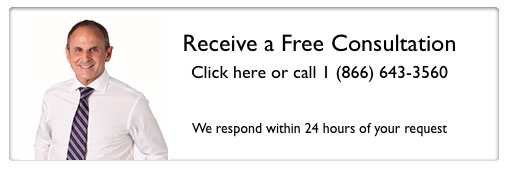
Do you use Paypal for your business? Do you sell products on Etsy or Amazon? Do you use card processors like Square or Venmo? If you answered yes, most likely you will need to file a 1099-K with your taxes. These forms can get confusing, but we have you covered. Read on to find out everything you need to know about form 1099-K.
What Is 1099-K
1099- K is a form that was introduced by the IRS back in 2011. This form helps the IRS keep track of payments made with third-party processors and third-party settlement organizations.
Third-party processors are like Square and Venmo. They process credit card payments for you and your business. These processors are required to file a 1099-K form for your business no matter how much volume you process through them.
Third-party settlement organizations are like Paypal and Amazon. They collect funds on your behalf and transfer them to your bank account. These organizations are only required to file a 1099-K for you if you have more than 200 transactions or process over $20,000 in a year. Even if you don’t make the threshold for the year, you are still required to report your earnings.
How Do I File the 1099- K With the IRS
For companies who have to send out these forms to payees you also have to submit them to the IRS. You can submit them in two different ways.
You can file them by mail. If filing this way, you must have a form 1096 to accompany the forms. The 1096 is just the form that you report how many 1099 forms you are filing.
You can file electronically as well. Filing online requires special formatting. You must also apply with the IRS to file electronically. This is the method the IRS prefers and has several great benefits.
When filing online, you can combine federal and state filing. You can submit multiple forms at one time. You also don’t need a form 1096 to file electronically. And you can also get confirmation that the IRS has received and processed your filing.
More About the Threshold
If you use two different third-party settlement organizations, you get more than one 1099-k. For example, if you use Etsy and Amazon to sell merchandise, and you received over $20,000 in income for both, you would receive one form for each entity.
If you were to make $10,000 in 100 transactions with Etsy and $10,000 in 100 transactions for Amazon, you wouldn’t receive a 1009-K for either. But these incomes would still need to be reported with your taxes.
Even if you don’t make the threshold to be issued a form this income information is still reported to the IRS. It is always advisable to also keep your own records as well.
What Information Is on the Form
So, what information does this form provide? It gives basic information for you, your business, and the third party entity. This includes names, addresses, account numbers, and taxpayer identification numbers (like your social security number).
It also includes the gross amount of income you received from that particular source. It also gives a breakdown of the type of transactions you processed as well as monthly volume.
It is very important to ensure your information on your form is current if it’s not updating your information with the issuer needs to done as soon as possible. You then should request a new updated form.
Do Deductions Show on the Form?
This form is just for income information. The form will not show any fees you may have paid for the services. These are qualified deductions and should be reported with your business expenses.
It also does not show returns, shipping fees, the merchant’s cost of the product, or any other deductions. These are all examples that you would include in your business expenses using your own records.
What Happens When You Don’t File
The information in the form has been sent to the IRS whether or not you reported it with your taxes. So they know what your income is. Once they realize you owe more taxes, they will send out a tax notice.
This tax notice will tell how much you owe for the unclaimed income and the late penalties. These penalties will be applied to the date that your unpaid taxes became due.
So if you catch the error before the IRS does be sure to file an amended tax return. This can save a lot of time, trouble and money.
What Are the Penalties
If the income that wasn’t reported exceeds $5,000 or ten percent of the corrected total taxes for that year, it is considered a substantial understatement. The penalty for a substantial understatement is 20 percent and is added immediately.
In most cases, however, the penalty is .5 percent per month or partial month the taxes remain unpaid. And can go up to 25 percent. Other fees can also be added and your income can be garnished if you pay the taxes in a certain time frame.
Where to Find Help
When dealing with the IRS, it is always advisable to consult with someone who can help you communicate with them. If you are having tax problems, you can reach out to us here for a free consultation. We can help with a number of different tax needs
We are authorized to appear for you to the IRS to help negotiate for you. We also offer a full range of accounting services for corporations and individuals, so you don’t have to worry about the 1099-K.
If this article helpful please feel free to share it with your family and friends.


